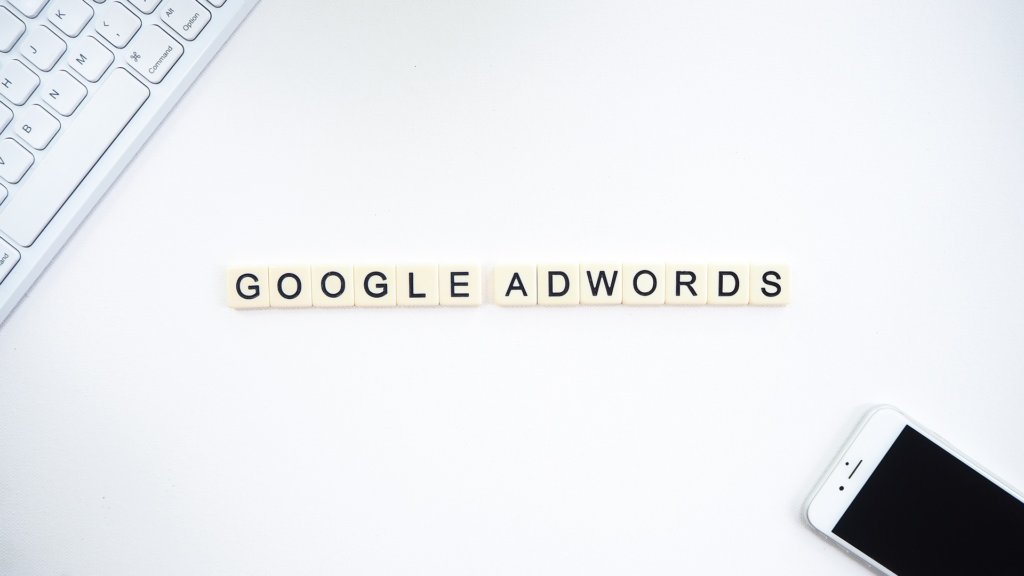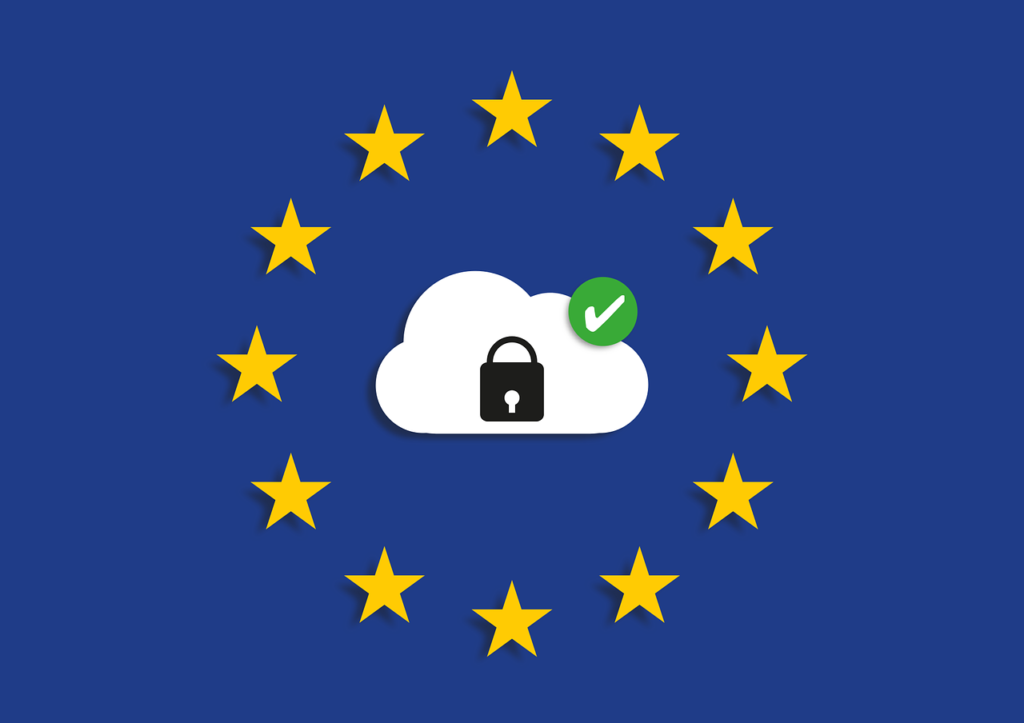As a business owner, one of your most valuable marketing tools is your email list. And as a savvy marketer, you know that using Google Adwords Customer Match can help you target your customers with laser precision.
But what if you’re not sure how to upload your email list to Google?
Don’t worry – we’ve got you covered. So read on and learn how to take your marketing game to the next level! In this blog post, we’ll walk you through the steps to get started.
Uploading your email list to Google is a great way to target your customers with AdWords Customer Match.
Customer match allows you to show ads to people who have been to your website or have engaged with your brand in the past. This allows you to create more targeted campaigns and see better results.
You can build campaigns and ads specifically designed to reach your audience.

How AdWords Customer Match Works
AdWords Customer Match works by matching the email addresses on your customer list with the Gmail accounts of signed-in users.
Once a match is made, your ads can then be served to those users when they’re searching on Google or watching videos on YouTube. You can also target your Customer Match audiences with remarketing lists for search ads (RLSA).
That means that, even if someone doesn’t click on your ad the first time they see it, they’ll still be able to see it later when they search for related terms on Google.com.
And, because you’re only paying for ads that are served to people who are already curious about your products or services, AdWords Customer Match is an extremely efficient way to boost your business’s bottom line.
Let’s say you’re a travel brand. You can now reach people who have joined your rewards program as they plan their next trip.
For example, when these rewards members search for “non-stop flights to new york” on Google.com, you can show relevant ads at the top of their search results on any device right when they’re looking to fly to New York.
And when those members are watching their favorite videos on YouTube or catching up on Gmail, you can show ads that inspire them to plan their next trip.
Using Customer Match, you can also generate Similar Audiences to reach new customers on YouTube and Gmail who are likely to be interested in your products and services.
Similar audiences are people who Google similar things on your targeted list based on their profiles. Let’s say 90% of the people on your list are women between 35 and 45. Google’s algorithm will find more people with those same characteristics to serve ads to.
For example, you can drive awareness on YouTube for new non-stop flights by showing TrueView ads to prospective customers with similar interests and characteristics to your rewards members.
Here’s how you can upload your email list to Google and start targeting your customers today.
1. Create a new campaign or edit an existing one.
2. Click on the “Audiences” tab.
3. Click on the “+ Remarketing list” button.
4. Select “Customer Match (Upload a list of Customers).”
5. Enter a name for your remarketing list and click “Upload and continue.”
6. Choose the file you want to upload and click “Upload and continue.”
7. select the matching criteria for your uploaded customer data and click “Next.”
8. Review your customer match settings and click “Confirm and finish.”
9. Your customer match is now set up, and you can start targeting your customers with ads!
Customer Match Details, Policies, and Procedures
To be eligible to use Customer Match, you must comply with all applicable laws and our policies. You’re responsible for the customer information uploaded to Customer Match, including obtaining sufficient consent from customers for Google to use that information.
We recommend reviewing the Customer Match Policies & Procedures guide before uploading any customer lists.
Additionally, please note that:
– You must have an active AdWords account in good standing to use Customer Match.
– If you’re new to AdWords, you’ll need to complete the sign-up process and create your first campaign before you can upload a customer list.
– You can only upload one customer list per campaign. However, you can upload the same customer list to multiple campaigns.
– You can upload a customer list with up to 100,000 entries.
– A customer list entry can include email addresses, phone numbers, or mobile advertiser IDs.
– You’ll need to wait 24 hours for your customer list to be processed before you can use it in your campaigns.
– You can delete your customer list at any time from the “Audiences” tab in your AdWords account.
– If you delete a customer list, you won’t be able to retrieve it.
3 Ways To Use AdWords Customer Match
1. Serve targeted ads to your best customers.
AdWords Customer Match is a powerful targeting tool that allows you to serve targeted ads to your best customers. By uploading a list of your customers’ email addresses, you can show them ads as they browse the web, search on Google, and even when they’re watching YouTube videos.
2. Bring lapsed customers back into the fold.
If you have a list of customers who haven’t purchased from you in a while, AdWords Customer Match can help you win them back. By targeting these lapsed customers with ads tailored to their interests, you can remind them of your brand and encourage them to make a purchase.
3. Reach out to potential customers who look like your best customers.
If you have a list of your best customers, AdWords Customer Match can help you find more potential customers who look like them. By uploading your customer list, AdWords will show your ads to people with similar interests and demographics, making it more likely that they’ll be interested in your product or service.
AdWords Customer Match is a powerful tool that can help you reach your target audience more effectively. By targeting your ads to your best customers, you can increase loyalty among your customer base and win back lapsed customers.
Additionally, you can use AdWords Customer Match to find potential new customers who are similar to your best customers. Give AdWords Customer Match a try today to see how it can help you grow your business.
Restrictions on sensitive information
Sensitive information about your customers can’t be used in Customer Match campaigns or ads. Additionally, you can’t use data from your Customer Match campaigns to identify sensitive information about your customers.
Sensitive information includes:
• Interest or participation in adult activities (including alcohol, gambling, adult dating, pornography, etc.)
• Sexual behavior or orientation, such as sexual orientation inferred from a user’s visit to a particular website
• Racial or ethnic information, such as from sites or apps that collect affirmative racial or ethnic identification from visitors
• Political affiliation (other than the public registration information of United States voters), such as from sites or apps that solicit or store people’s affirmative political stances
• Trade union membership or affiliation, such as a user’s visit to a trade union’s site or app
• Religion or religious belief, such as from sites or apps that collect people’s affirmative information on religion or religious beliefs
• Negative financial status or situation, such as information indicating that a user has a low credit rating or high debt load
• Health or medical information, such as from sites or apps that market to a specific health-related group
• Status as a child under 13
• The commission or alleged commission of any crime, such as information indicating that a user has a criminal record
• Divorce or marital separation, such as from sites or apps for divorce lawyers or divorce counseling.
If you like to target ads to people based on sensitive information, you can do so through other targeting options, such as demographic targeting or interest categories.
Securely upload your lists with hashed email addresses.
To upload your customer lists, you’ll need to hash the email addresses of your customers. This process converts the email addresses into a series of numbers and letters that can’t be converted back into an email address.
Hashing ensures that your customer’s information is secure, and it allows AdWords to match your ads to people without revealing their personal information.
To hash your email addresses, you can use the SHA-256 algorithm. This algorithm is available in most programming languages, and there are also online tools that can generate hashes for you.
Once you’ve hashed your email addresses, you can upload them to AdWords through a CSV file.
1. Prepare your customer email addresses by making all characters lowercase and removing any extra spaces before or after the email addresses. Hashing takes into account capitalization and spaces, so you’ll need to prepare your email addresses in order for matching to work.
2. Apply the SHA256 algorithm to your email addresses, which is an industry standard for one-way hashing. (If you’re using an online tool, choose SHA256 from the dropdown menu.)
3. The hashed version of the email address [email protected] is 264e53d93759bde067fd01ef2698f98d1253c730d12f021116f02eebcfa9ace6.
4. Paste the hashed email addresses in a .csv file, making sure the file meets the requirements listed above in the “Create a customer emails list” section.
5. Securely upload your file by following the steps listed above in the same section.
Add more email addresses to a list
1. Click Shared library.
2. Click Audiences.
3. In your table of remarketing lists, click your customer emails list.
4. Click the pencil icon.
5. Select the “Add more email addresses” option.
6. Choose the file that contains the email addresses you want to add.
7. Click Upload and save the list.
Pro Tip: Refresh your lists regularly so that the email addresses of customers who are important to you are on the list.
Remove email addresses from a list
1. Click Shared library.
2. Click Audiences.
3. In your table of remarketing lists, click your customer emails list.
4. Click the pencil icon.
5. Select the “Remove email addresses” option.
6. Choose the file that contains the email addresses you want to remove.
7. Click Upload and save the list.
Similar audiences for YouTube and Gmail accounts
You can also create similar audiences for people who have visited your website or app and for YouTube and Gmail account holders.
Similar audiences based on your customer email lists are available for YouTube and Gmail.
These similar audiences will be automatically created if your lists meet the minimum eligibility criteria. You can target a similar audience the same way you’d target a remarketing list, by adding it to an ad group in your campaign.
For detailed instructions, see Remarketing to YouTube viewers with AdWords.
About The Author
Dave Burnett
I help people make more money online.
Over the years I’ve had lots of fun working with thousands of brands and helping them distribute millions of promotional products and implement multinational rewards and incentive programs.
Now I’m helping great marketers turn their products and services into sustainable online businesses.
How can I help you?







